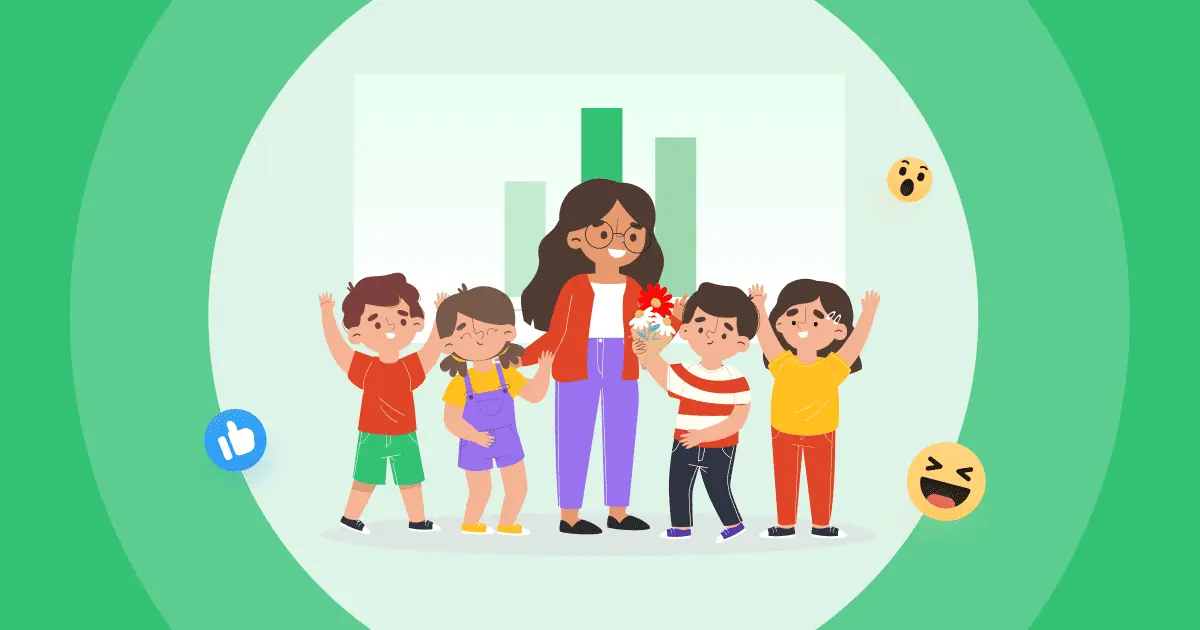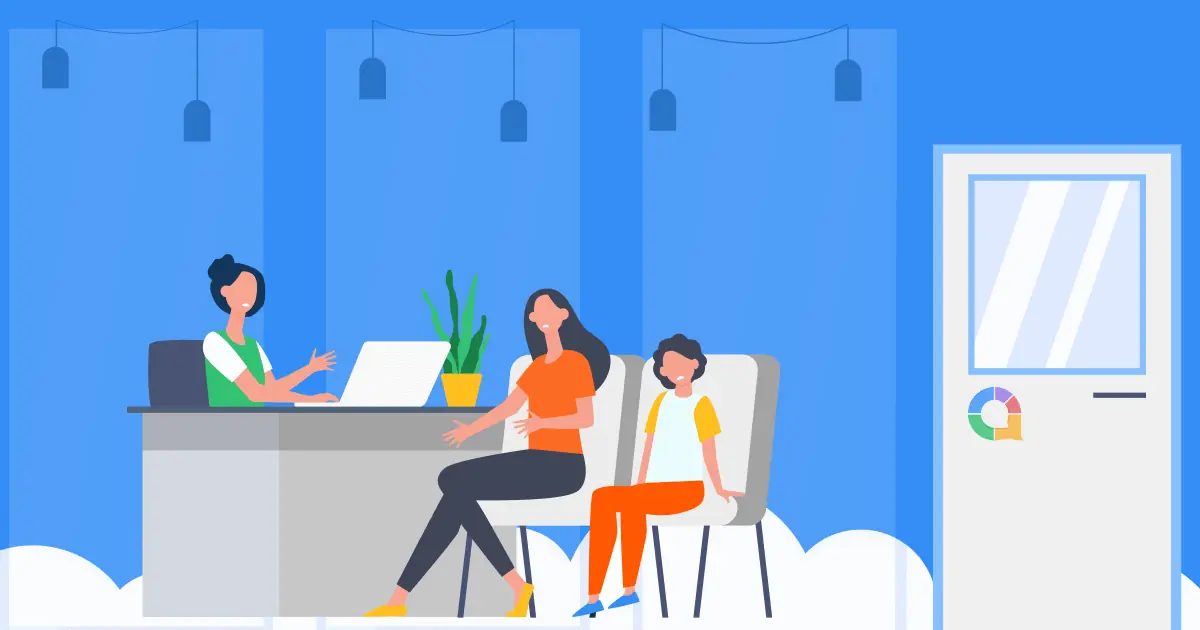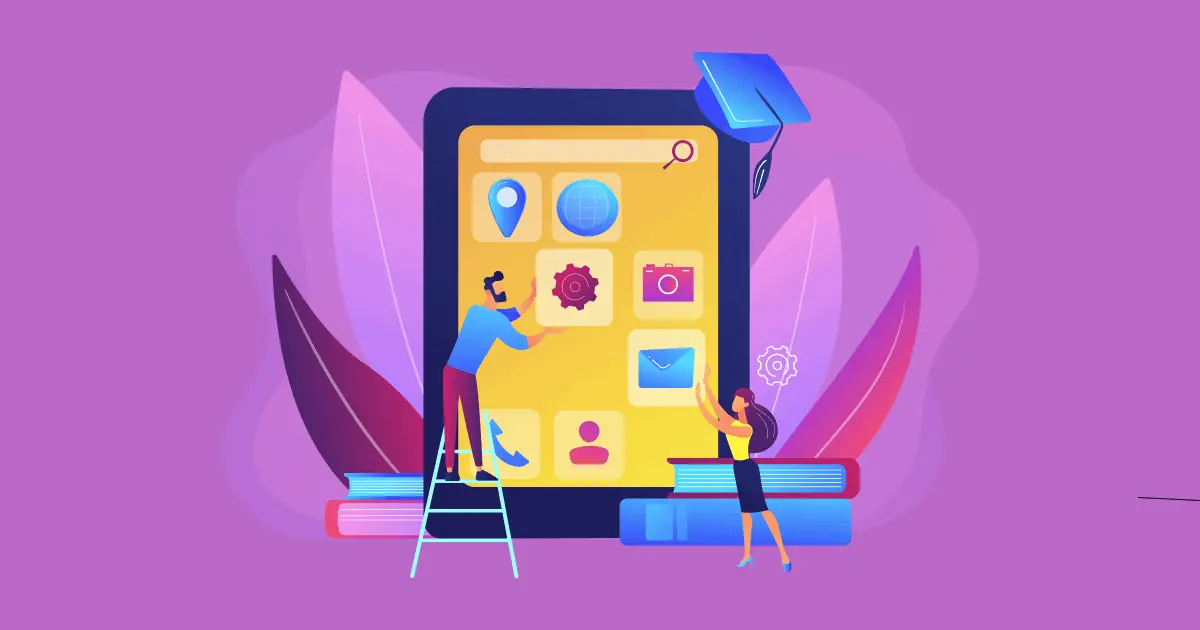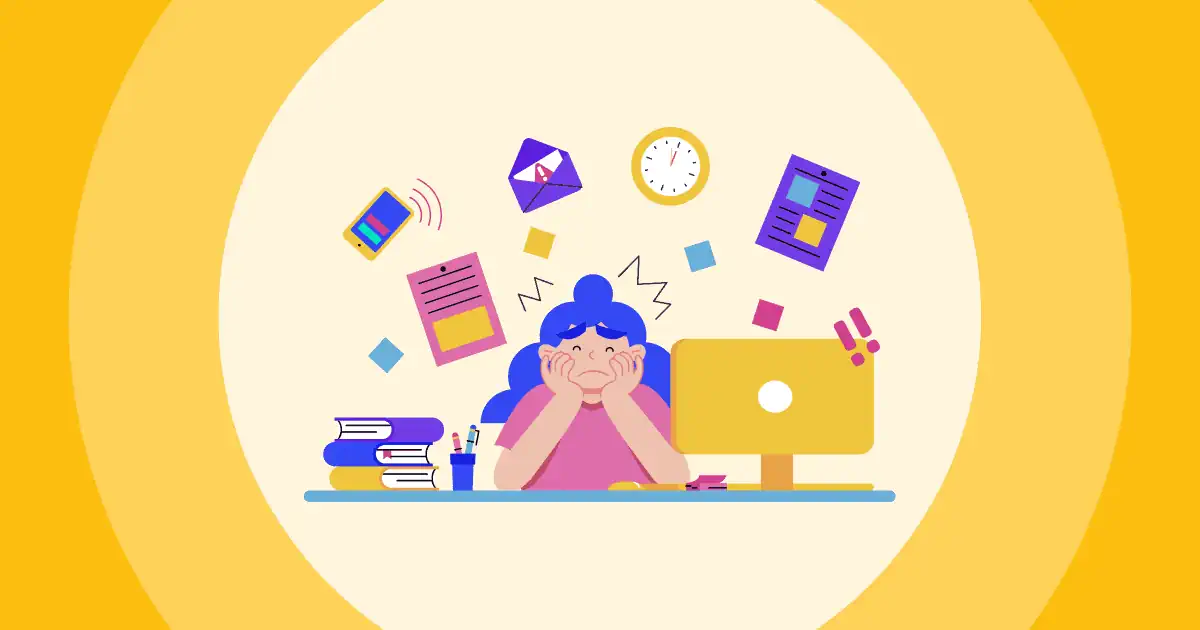Collaborative Learning is a fruitful way for small groups of students to work together to achieve a common goal. It refers to the process where students learn from and with each other, building on one another's knowledge and skills to reach a shared understanding of the subject.
There are numerous benefits when learning collaboratively, such as improved academic performance, increased motivation and engagement, the development of interpersonal skills, and enhanced critical-thinking abilities. However, for collaborative learning to be successful, educators and students must adopt effective strategies that foster collaboration and teamwork.
This article explores the top 5 collaborative learning strategies for students to improve their academic performance, as well as innovative tools to support the learning process more efficiently and productively.
Table of Contents
- Top 5 Collaborative Learning Strategies for Students
- Innovative Technologies Enhance Collaborative Learning Strategies
- Role of Teachers In Facilitating Effective Collaborative Learning Strategies
- Frequently Asked Questions
- Bottom Line
Tips for Better Engagement
Top 5 Collaborative Learning Strategies for Students
There are numerous types of collaborative learning in today's world. It is common for students to collaborate and cooperate in learning, as they can learn from and help each other to improve at the same time. Here are five collaborative learning strategies that are the most well-known and recommended by professionals.
#1. Peer Teaching
Peer teaching is one of the most popular collaborative learning strategies where students work in pairs or small groups to learn from each other. This strategy involves assigning students the responsibility of teaching concepts or lessons to their peers. This collaborative teaching strategy helps reinforce the content taught and enhances retention while improving students' communication, leadership, and teamwork skills.
#2. Group Projects
Among many forms of collaborative learning strategies, Group projects are the most effective way where students can work together to create a product, present an idea, or solve a problem. This strategy requires students to actively participate, communicate, and cooperate to achieve a common goal. Group projects help students gain real-life experiences, enhance creativity and contribute positively to their academic and personal development.
#3. Collaborative Writing
Collaborative writing is also one of the promising collaborative learning strategies where students can work together to write a document. This strategy can take different forms, such as writing stories, essays, or research; students work together to brainstorm ideas, develop outlines, draft documents, and revise their work. Through this strategy, students foster teamwork skills while honing their writing, analytical, and critical-thinking abilities.
Related: Is Brainwriting Better than Brainstorming? Best Tips and Examples
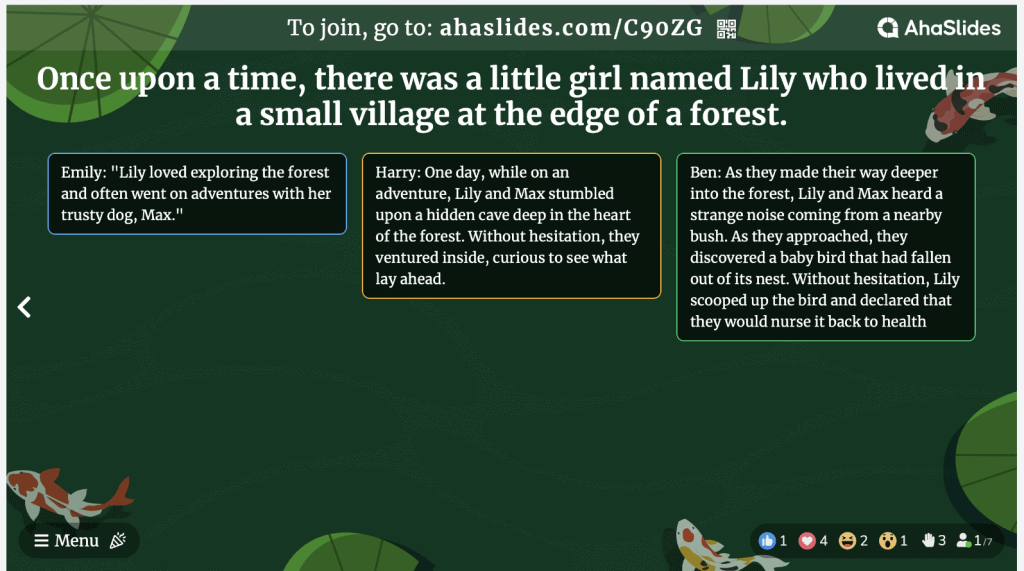
#4. Think, Pair, Share
In addition to innovative collaborative learning strategies, Think, Pair, Share is a good approach that aims to encourage students to think individually about a topic and pair with another student to share their thoughts before sharing their ideas with the larger group. This strategy helps students actively engage in learning, strengthens their reasoning, and improves communication skills.
#5. Jigsaw Technique
Jigsaw Technique is an exceptional collaborative learning method used to teach a complex topic or content. This strategy involves dividing students into small groups, where each student researches a specific sub-topic before sharing their findings with their team members. This collaborative learning technique encourages students to work together, builds their ability to present and communicate complex ideas, improves knowledge retention, and enhances critical-thinking skills.

Innovative Technologies Enhance Collaborative Learning Strategies
The integration of technology in the classroom setting has revolutionized traditional teaching practices. The use of innovative technologies such as cloud-based systems, interactive whiteboards, online games, virtual reality, and social media platforms can improve the effectiveness of collaborative learning strategies. They offer opportunities for students to collaborate easily, share knowledge, work remotely, and learn creatively.
For example, AhaSlides is an excellent presentation tool with a range of advanced features that both learners and instructors can use for free. You can make online quizzes, polls, and games and invite everyone to join, which can boost collaborative strategies in the classroom and make learning fun and enjoyable.
Related: Best Collaborative Word Cloud | 12+ Free Tools i
Role of Teachers In Facilitating Effective Collaborative Learning
The teacher's role is essential in facilitating effective collaborative learning strategies. They must create a student-centered learning environment supporting teamwork, communication, and active participation. Here are some ways teachers can facilitate effective collaborative learning strategies as follows:
- Clarifying Expectations: Teachers should clearly define the goals and outcomes of collaborative learning activities. Students should know what is expected of them, the roles they will assume in the group, and the assessment criteria.
- Fostering Collaboration: Encouraging students to work together and model positive collaboration behaviors is also important. They can facilitate group brainstorming and promote discussions to improve communication, synthesis of ideas, and problem-solving.
- Establishing Roles: Student roles should be assigned based on each student's strengths, weaknesses, and interests. This strategy ensures that individuals can participate and contribute more meaningfully while encouraging cooperation and sharing of duties.
- Providing feedback: It is essential for teachers to provide evaluations that promote positive behavior, reward students who participate, and identify areas of improvement. This feedback creates a supportive environment that reinforces students' learning and builds self-confidence.

Frequently Asked Questions
What are the five elements of collaborative learning?
Five elements of Collaborative Learning include positive interdependence, in-person engagement and interaction, group work, individual responsibility, and interpersonal skills.
What is collaborative for social-emotional learning?
The Collaborative for social-emotional learning, or CASEL, aims to help students in different schools from different areas nationwide have opportunities to collaborate with each other to conduct research, direct practice, and inform regulations to facilitate social and emotional learning.
What is interprofessional education?
Quite similar to Collaborative learning strategies but much more specific, Interprofessional education (IPE) refers to the collaborative approach in which students or professionals from different healthcare disciplines learn together to enhance their understanding of each other's roles and develop effective teamwork skills.
What are the 4 C's of collaboration?
The "4 C's of Collaboration" is a framework that highlights four key elements or principles essential for effective collaboration: Communication, Cooperation, Coordination, and Conflict resolution.
Bottom Line
There are just a few of the best collaborative learning strategies that you can practice, and you can also combine other learning strategies as long as it meet your needs and help you achieve your goals in the most effective way.
Don't forget to use tools like AhaSlides to boost your learning, both individual and group work, in a more exciting and engaging way, with a better experience in digital collaboration in classrooms.
Ref: EEF


